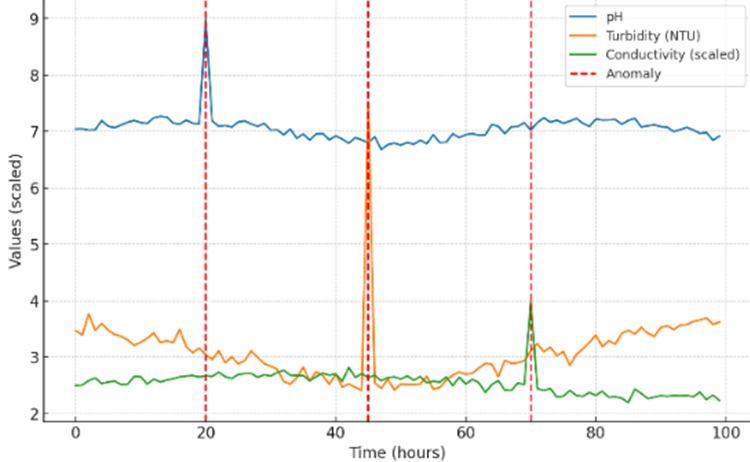Dual-Node Embedding Spatiotemporal Graph Neural Networks for Accurate Urban Traffic Flow Prediction Using UAV and Sensor Data
Keywords:
Urban Traffic Prediction, Spatiotemporal Graph Neural Networks, Real-Time Traffic ForecastingAbstract
Urban traffic congestion is a pervasive challenge that impacts economic productivity, environmental sustainability, and overall quality of life. Accurate short-term traffic flow prediction is essential for effective traffic management, route optimization, and proactive incident response. This study proposes a novel dual-node embedding spatiotemporal graph neural network (STGNN) that simultaneously captures spatial and temporal dependencies in traffic data while leveraging continuous-time dynamics via neural ordinary differential equations (NODEs). The model integrates real-time traffic data collected from unmanned aerial vehicles (UAVs) and ground-based sensors to enhance prediction accuracy under diverse traffic conditions, including peak hours, accidents, and adverse weather. Extensive experiments were conducted on multiple real-world datasets, demonstrating that the proposed approach outperforms baseline models, including ARIMA, LSTM, CNN, and conventional STGNN, in terms of mean absolute error (MAE), root mean squared error (RMSE), and R-squared (R²). An ablation study confirmed the critical role of spatial embeddings, temporal embeddings, NODEs, and UAV data in improving model performance. The results highlight the model’s potential for deployment in intelligent transportation systems, enabling real-time traffic monitoring, dynamic signal control, and congestion mitigation. This work provides a robust and interpretable framework for urban traffic prediction and offers a foundation for future research on smart city mobility management.


